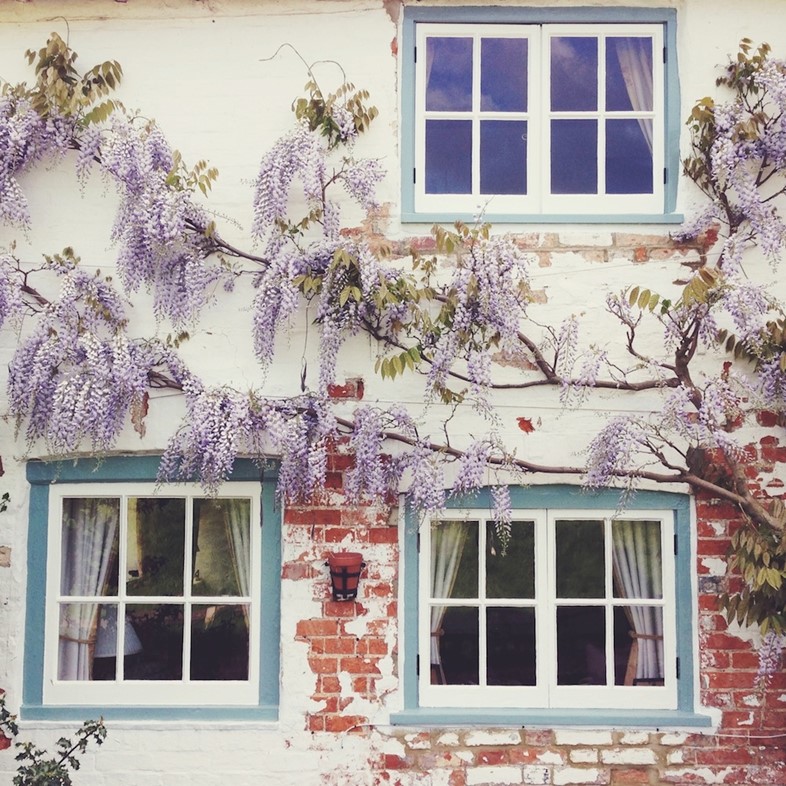Ten windows photographed by @josephowen alongside our five favourite window facts
Next up in our celebration of the work of Joseph Pickard, a design editor (for Phaidon) who uses his Instagram account (@josephowen) to share his elegantly bleached out vignettes of the beautiful, natural and geometric scenes he comes across every day. Last month was doors and this month he presents 10 Amazing Windows alongside our top five window facts.

1. The open nursery window in J.M. Barrie’s famous tale of Peter Pan, initially performed as a play in 1904 and later published in 1911 as a novel, is central to the magical story of the boy who refuses to grow up. While Peter initially uses the window to listen in on Mrs. Darling’s bedtime stories, it also provides an opportunity for the Darling children to escape with Peter to his far away home, “the second star to the right, and straight on till morning!" – Neverland.

2. As grand as the entirety of Louis XIV’s Palace of Versailles was, the Hall of Mirrors was simply a step beyond. With construction beginning in 1678, the room was a showcase for France’s innovative window-making technique – plate glass technology. The room was fitted with the flattest and clearest glass to date, including seventeen windows across one side. On the other wall, 578 mirrors were carefully hung in order to reflect the view of the Palace gardens, as well as the natural light streaming through the windows.
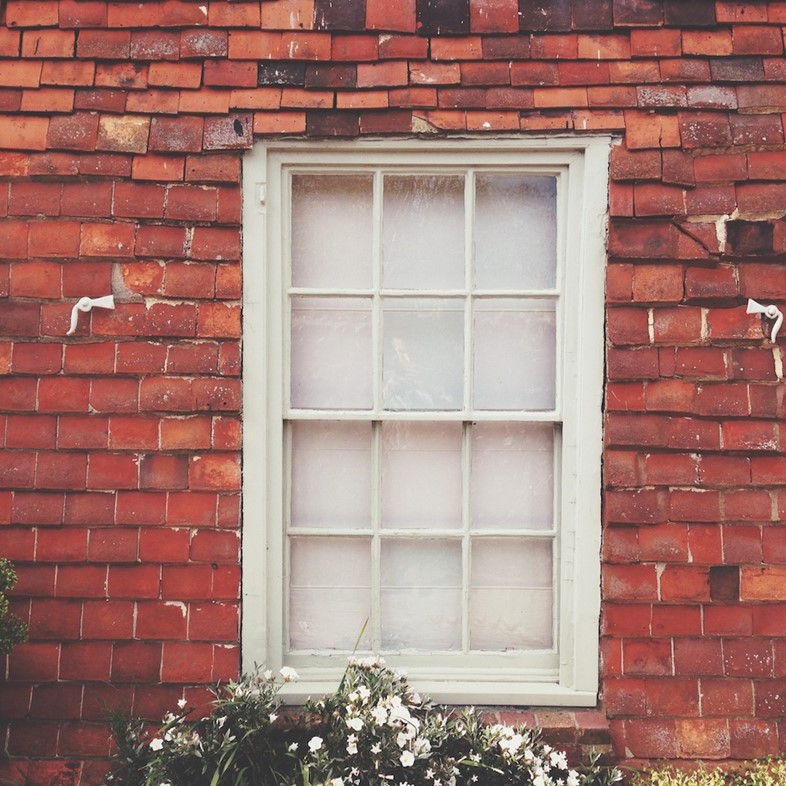
3. Department store Christmas windows are now ingrained as part of the festive season, but it was New York’s Macy’s who pioneered the tradition, when they debuted their first window in 1883, creating a huge display of Christmas cheer that encouraged and welcomed passersby through the front doors. Without the luxury of electrical cords and plugs to power it, the shop’s Christmas scene was powered by Macy’s employees, who took turns walking on a treadmill to ensure its continued animation.
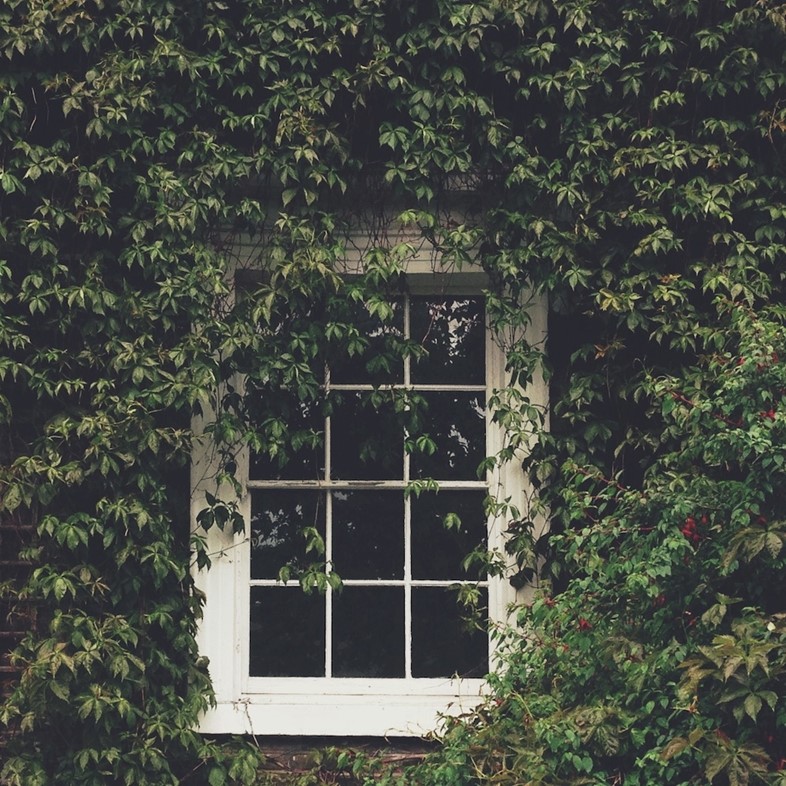
4. After the fall of the Roman Empire around 476 AD, many of the techniques used for working with glass and windows – often fashioned from glassy pebbles set into a wooden frame – were lost during what is now known as the “Dark Ages”. A major setback for its development considering that previously many of the ancient structures had advanced to the point of possessing glass-panelled windows.
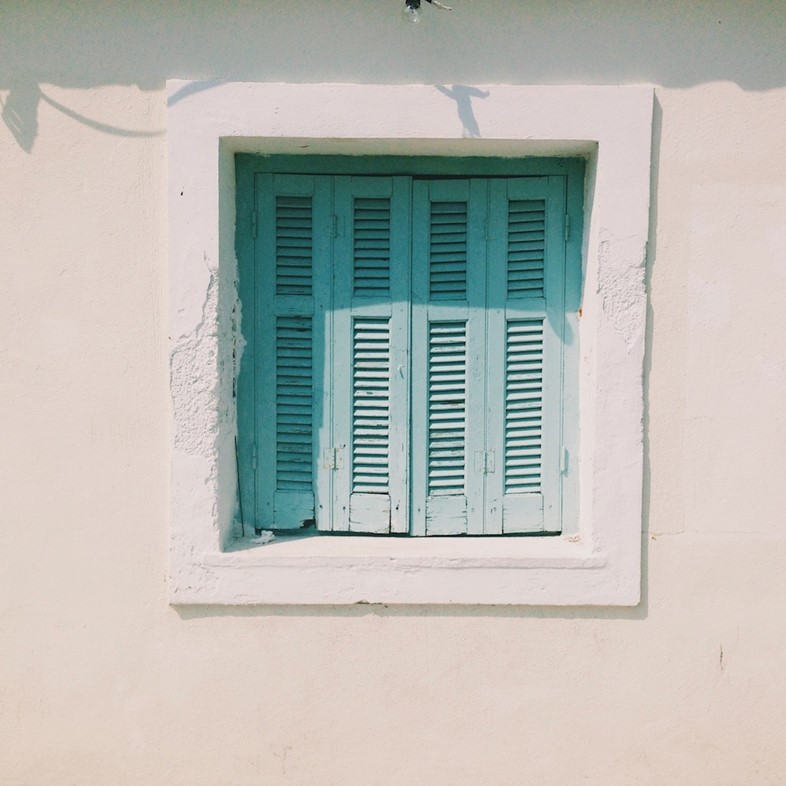
5. Once known as nothing more than a romantic proverb, “The eyes are the window to the soul,” is now trading on verified fact. Although it has a debatable history, with reports that everyone from Shakespeare, Max Beerbohm and Hiram Powers uttered the phrase first, most arguments link its roots to the Roman politician Cicero, sometime between 106-43 B.C. Fast forward to the modern age and scientists are claiming that patterns occurring in the iris can spookily give an indication of what type of people we are.
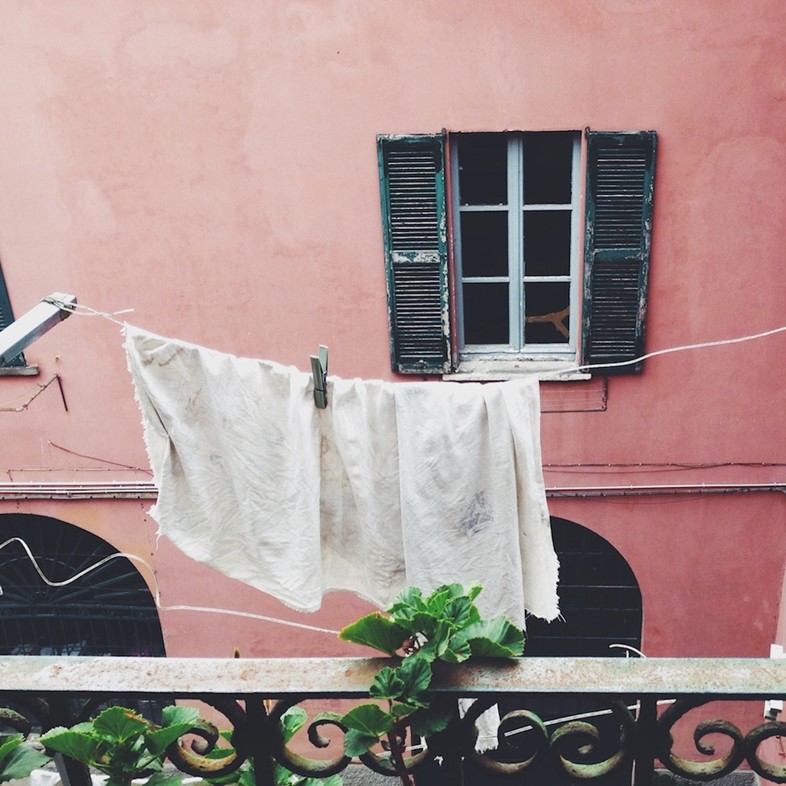
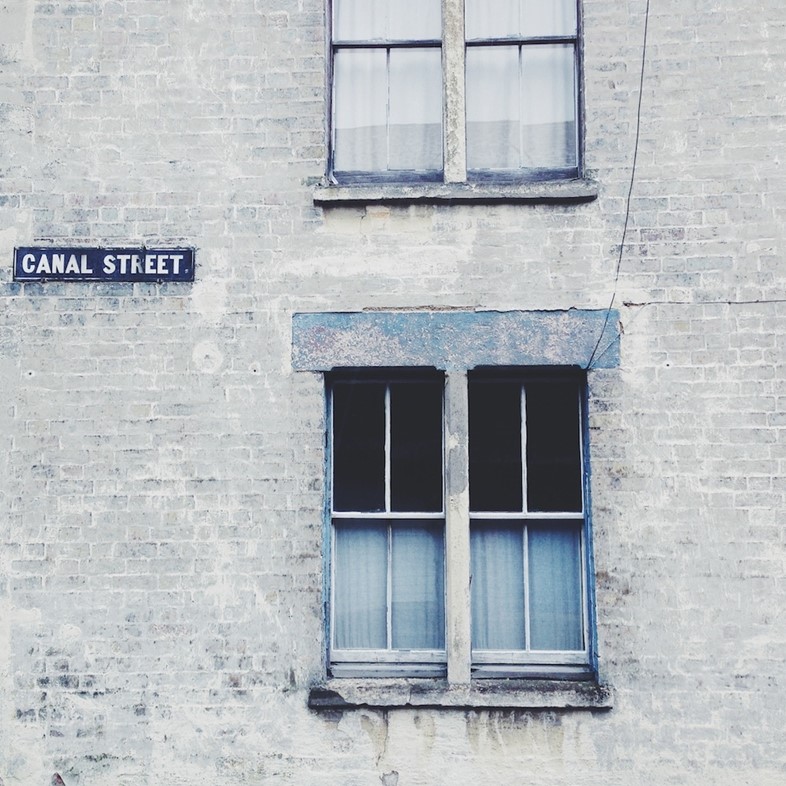
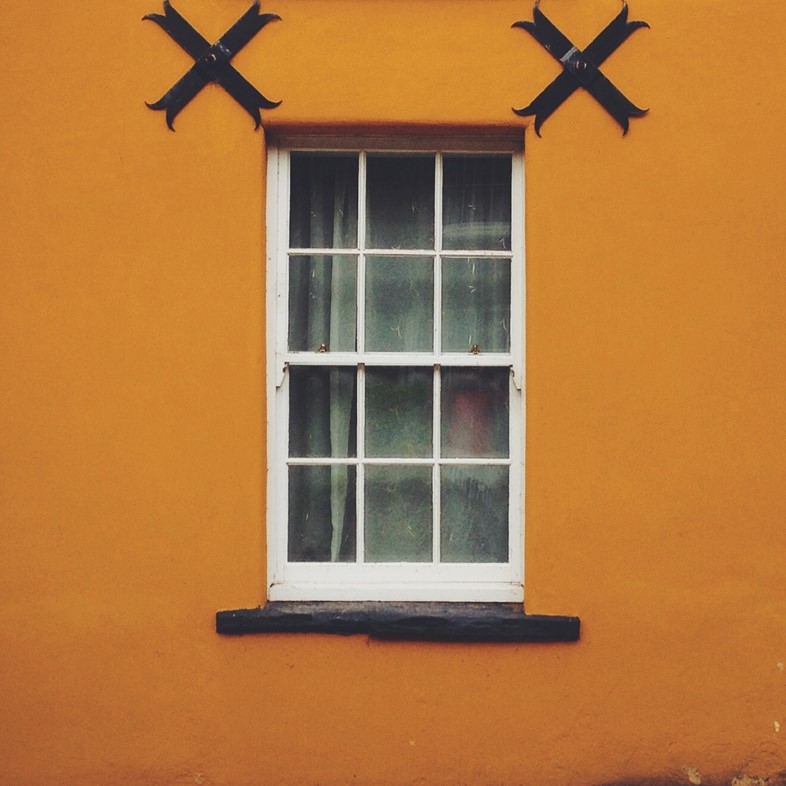

Follow Joseph Pickard on Instagram here.
